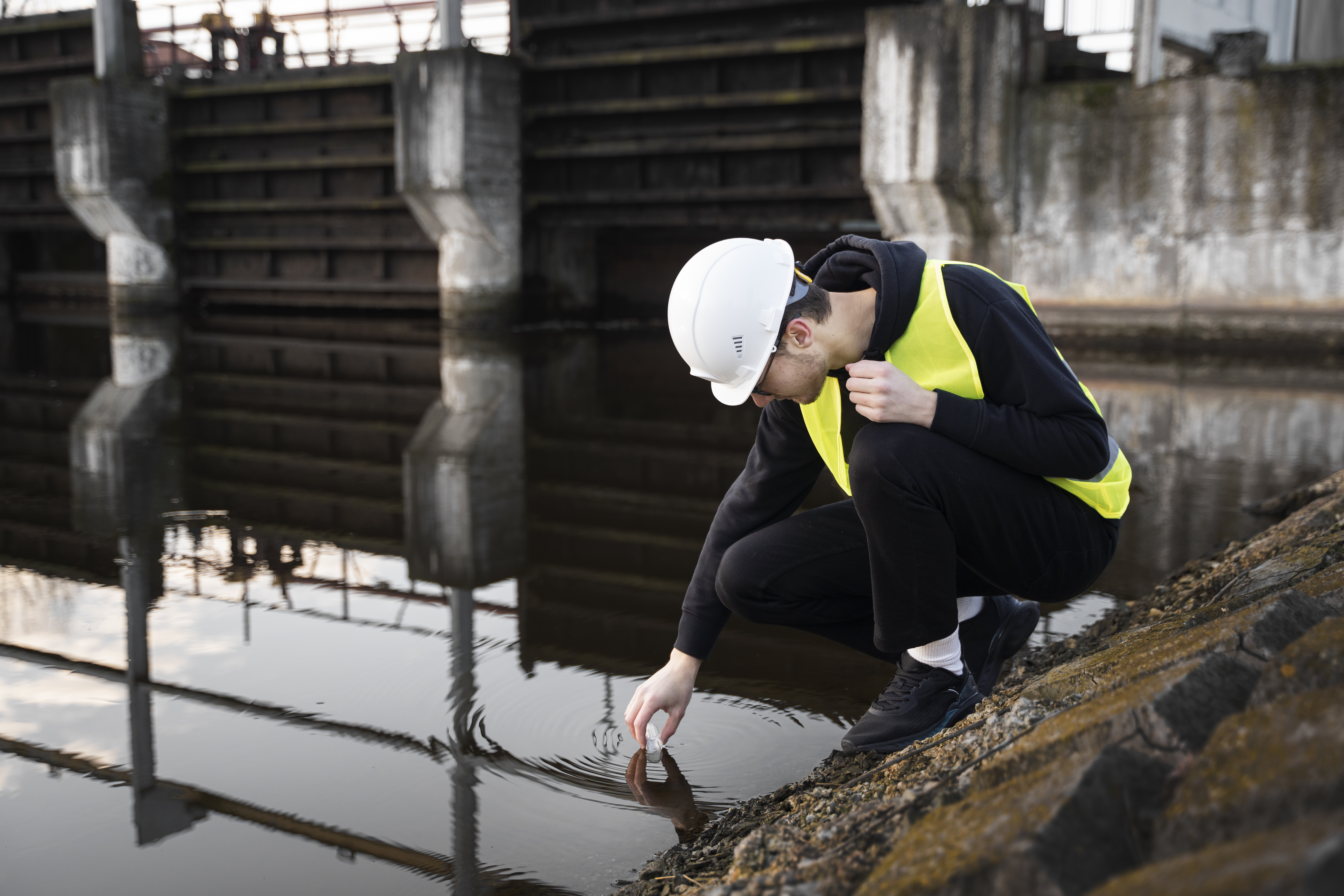The State of Foodborne Pathogen Surveillance in Europe Through a One Health Lens

Credit: Aliaksei Semirski (aliaksei-semirski-274855050) via Pexels
A recent case study from the Sapienza University of Rome (SUR) examined the surveillance of foodborne pathogens through a One Health lens in Europe, and determined that efforts are needed to synergize cross-sector monitoring activities. Specifically, the study focused on the One Health European Joint Program (OHEJP) MATRIX Project framework.
One Health European Joint Program MATRIX Project
The OHEJP MATRIX Project’s activities are focused on three specific pathogens—Campylobacter, Listeria monocytogenes, and Salmonella—in addition to a nonspecific hazard track on emerging threats. The case study observed surveillance activities of Hepatitis E virus (HEV) associated with wild boar as an emerging threat, as the European Food Safety Authority (EFSA) has linked several HEV outbreaks to wild boar meat.
MATRIX aims to advance the implementation of One Health surveillance by building on existing resources and creating synergies among the sectors. MATRIX creates solutions for European countries to support and to advance the implementation of One Health surveillance.
Methodology
The present case study utilized a MATRIX map of relevant value chains in the EU to inform its mapping and questionnaires for gathering information on surveillance systems in place for the entire European food chain. The case study took the four hazard tracks of MATRIX into consideration: Campylobacter, L. monocytogenes, Salmonella, and HEV as an emerging threat. For each hazard track, a specific food chain was chosen for exploration, specifically: poultry meat for Campylobacter, dairy products for L. monocytogenes, pork meat for Salmonella, and wild boar meat for HEV.
The SUR researchers created and disseminated 12 questionnaires to stakeholders from the animal health, food safety, and public health sectors along the relevant food supply chains. Survey recipients were identified using recommendations from MATRIX partners, and responses were accepted during November 2020–April 2021.
Eight countries participated in the survey, and 14 questionnaires were completed. Norway submitted responses for all four hazard tracks, France and Germany submitted responses for Campylobacter and Salmonella, Italy submitted responses for L. monocytogenes and HEV, Spain and the UK each submitted a response for Salmonella, and the Netherlands and Portugal each submitted a response for HEV.
Looking for quick answers on food safety topics?
Try Ask FSM, our new smart AI search tool.
Ask FSM →
Campylobacter
The overall organization of national surveillance programs for Campylobacter in poultry meat shows several similarities between Germany, France, and Norway across the animal health, food safety, and public health sectors. Many surveillance activities were reported in Norway and France at the farm level. Additionally, in Norway, surveillance activities are put in place in case of increased mortality. At hatcheries and during transport, no surveillance activities were reported in France and Norway. By contrast, in Germany, outbreak-related and research activities are in place at the farm and the hatchery levels. Various surveillance activities are in place also at the slaughter level in all three countries.
Hepatitis E Virus
HEV in wild boars is not a notifiable disease in any of the countries included in the case study, indicating an absence of internationally standardized analytical methods that have an impact on food control activities. Nevertheless, surveillance activities in animals were reported in terms of monitoring programs in Norway; research activities in the Netherlands; and monitoring programs, outbreak investigations, and research in Italy. Additionally, outbreak investigations and research activities are carried out in Italy in the three phases of the food sector—slaughter, game handling establishment, and retail—through the work of researchers and of official authorities, as well as by the collection of animal tissue and organs, meat, meat products, and environmental samples. No specific surveillance activities were reported to be ongoing for HEV in the other three countries. Portugal only reported public health surveillance activities for HEV.
Listeria monocytogenes
Regarding L. monocytogenes, at the farm level, farmers and the official authorities are responsible for surveillance in Italy, while surveillance is carried out by veterinary professionals in Norway in the case of outbreaks and increased mortality. Within the food sector, surveillance activities are performed by the official authorities in Norway, and by food business operators in Italy. In both countries, environmental sampling includes surfaces, equipment, refrigerators, and water. In general, a broad range of surveillance activities were reported, reflecting robust consideration of L. monocytogenes in both countries.
Salmonella
Salmonella is a widespread pathogen, for which many surveillance activities are conducted among the respondent countries—specifically, France, Germany, Spain, Norway, and the UK. At the farm level, various activities are carried out by official authorities, laboratories, farmers, industry, veterinary professionals, and academics. In the UK, surveillance activities are performed in case of increased mortality, while in Spain, there is specific monitoring for antimicrobial resistance (AMR) in the pathogen. France was the only country to report surveillance activities at transport.
For the food sector, Salmonella surveillance activities at slaughter and processing plants are performed mainly by official authorities in Spain and Norway; by official authorities and industry in Germany and the UK; and by official control authorities, industry, laboratories, and the French Pig and Pork Institute in France. Activities in place vary widely between countries, and so do the sample types collected. Additionally, at the retail level in France, Germany, and Spain, minced meat and meat products are subject to monitoring and research activities, outbreak investigations, official control programs, and own-check.
Next Steps
Overall, the case study revealed a significantly heterogeneous situation in terms of surveillance activities in place in different countries. HEV in particular had significant differences in interest and surveillance among the responding countries. Important next steps of the OHJEP MATRIX project include the identification of links in the food chain between the different sectors; the proposal of guidelines on data collection, analysis, and dissemination for multi-sectoral collaboration; the identification of commonalities between hazard tracks; and the implementation of a One Health surveillance framework to be applied in the countries.








